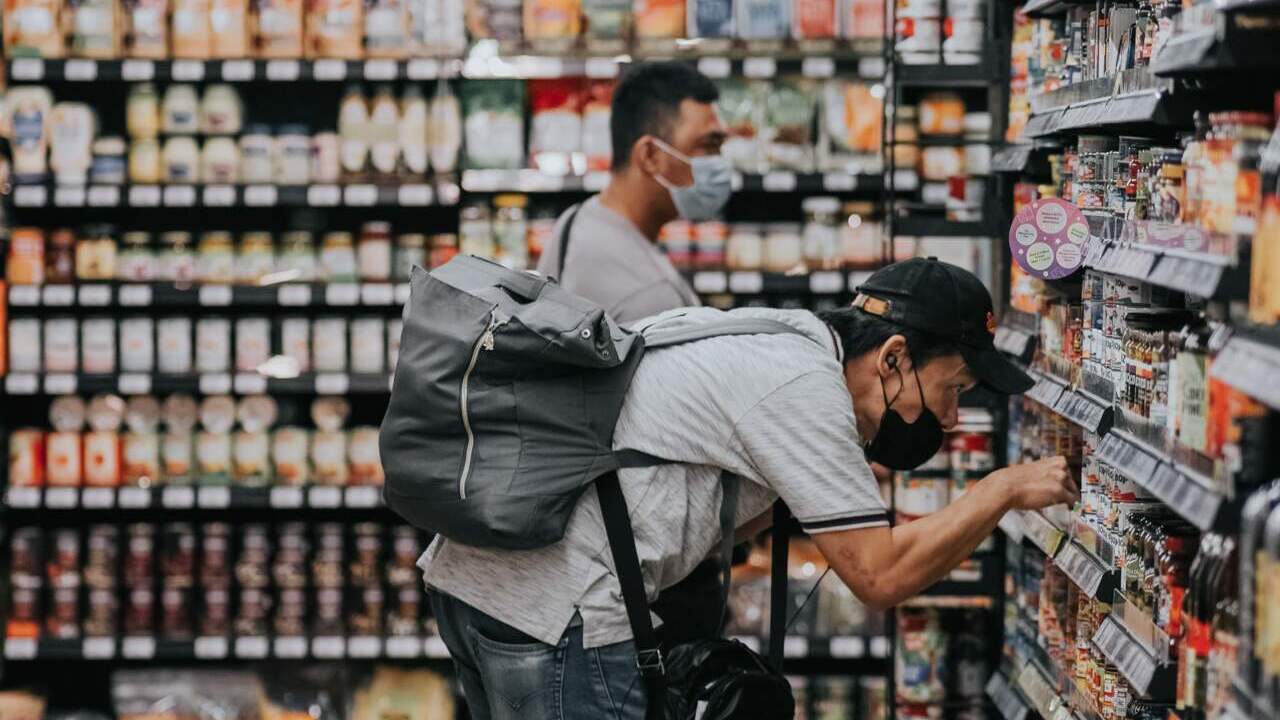
Food supply complications and changing consumer habits have led to increased scrutiny on supply chain management in the food and beverage industry. In response intense focus is being placed upon procurement and pricing strategies.
Why is Food Supply in Crisis?
The reasons that the food supply chain has struggled have been discussed extensively, but still worth repeating. Production and processing delays brought upon by the pandemic coupled with raw material shortages owing in part to the conflict in Ukraine, with ongoing labour, weather and shipping container calamities.
Global problems have become local problems, exposing what Food Dive believes are pre-existing supply chain exposures.
“Most brands fail to acknowledge – at least publicly – that the pandemic didn’t create this supply chain crisis,” reads a recent article, “it simply shined a spotlight on its already festering vulnerabilities.”1
Food Supply Shortages Impact Consumers
While the Western World has been largely spared a complete food supply catastrophe, things have certainly not been business as usual within the industry. In the US, shortages of raw ingredients such as wheat, corn, oats, barley, and rye have impacted the production of cereal, flour, bread, and beer.2 Well-publicized baby formula shortages have frightened American parents.
Other shortages seem almost comical, unless one’s livelihood is at stake.
- KFC burgers in Australia have been topped with cabbage, owing to a lack of lettuce.
- Popcorn and container shortages have dampened the US movie-going experience.
- A lack of chili peppers has threatened Sriracha production, presumably resulting in a prevalence of blander-than-usual meals.3
The Importance of Food Supply Strategies
The food industry has been forced to inject more caution into their procurement and inventory strategies, mirroring similar shifts in other sectors.
“Brands must remain vigilant about ingredient specifications and secondary supplier relationships,” advises Brandon Hernandez, senior partner at Whole Brain Consulting. “Have I created a good enough relationship that I can pick up the phone, call them, and have them fill in for an emergency? Have I cultivated that relationship, so they want to do me that favour?”1
Companies that have traditionally relied upon ad hoc communications and tracking systems or kept their procurement strategies on autopilot will find themselves scrambling during times of turmoil.
“As a CEO, you are not running a company only; you are running an ecosystem,” says Global EY-Parthnon Leader Jeff Wray.4
“It’s not enough to have a ‘set it and forget it’ mentality,” adds Hernandez.1
Inflation, Shrinkflation, and Shelflation
Even as the aforementioned supply issues keep executives up at night, so, too, do demand side fluctuations.
Consumers have altered their shopping habits in response to inflation. Fears of empty shelves have prompted hoarding. Concerns over food safety, quality, and sustainability have led to elevated expectations around supply chain transparency. Supply chain professionals have been forced to elevate their game.
“Consumer packaged goods manufacturers and food & beverage companies have to rethink their strategies and offerings and even question how consumers consume as they try to navigate this uncertain time,” writes Paul J Noble for Forbes.2
Statistics Canada reports a 9.7% year over year increase in the price of food purchased in stores in May.5 As shoppers reconsider their habits, food brands are reconsidering their pricing strategies.
“Consumers are trading sideways or trading down on anything and everything right now and switching to discount stores,” says Sylvain Charlebois, a professor of food distribution and policy at Dalhousie University. “They’re really more sensitive about the cost of living.”5
While there have been reports of modest increases for store brands relative to national brands,6 there has been no consumer revolution as of yet.
“Are you going to suddenly stop buying lettuce from California, get on your bicycle and ride to a farmer’s market in Langley to get local lettuce?” asks Canadian Alliance President William McKinnon skeptically.7
Still, F&B companies are feeling the heat as they seek to pass along higher production costs without pricing themselves out of range. Creative strategies are being utilized.
Shrinkflation
Hesitant to boost prices, some companies are instead chipping away at quantities. Nestle coffee shoppers in the UK have seen their 100-gram packages slim to 90, while Frito’s fans will notice their “Party Size” bags have shrunk from 18 ounces to 15.5.6 Or will they? The bet is that a thinner package will be less shocking to consumers than an inflated price tag.
Shelflation
Grocery stores are adjusting pricing to ensure that products don’t expire on the shelf. While this pricing practice is hardly revolutionary, it has become increasingly dynamic, with some grocers instituting digital pricing signs that change in real time.
“Grocers won’t necessarily reward early birds, it’s actually the opposite,” writes Sonia Aslam for City News. “Early birds will get more choice and better quality, so at the end of the day, you may not get the quality you want, but you may get the price you want. That’s the compromise.”8
The Return of a Food and Beverage Equilibrium?
In food and beverage, like other industries, there can be a tendency to rest on one’s laurels and fall into a “business as usual” routine. The events of the past several years have shaken companies awake. While McKinnon expects the roller coaster to eventually subside, he’s hesitant to say when.
“Candidly, I don’t know,” he says. “It took us 2-3 years to get where we are, and I think it will take 2-3 years to reach a new equilibrium.7
